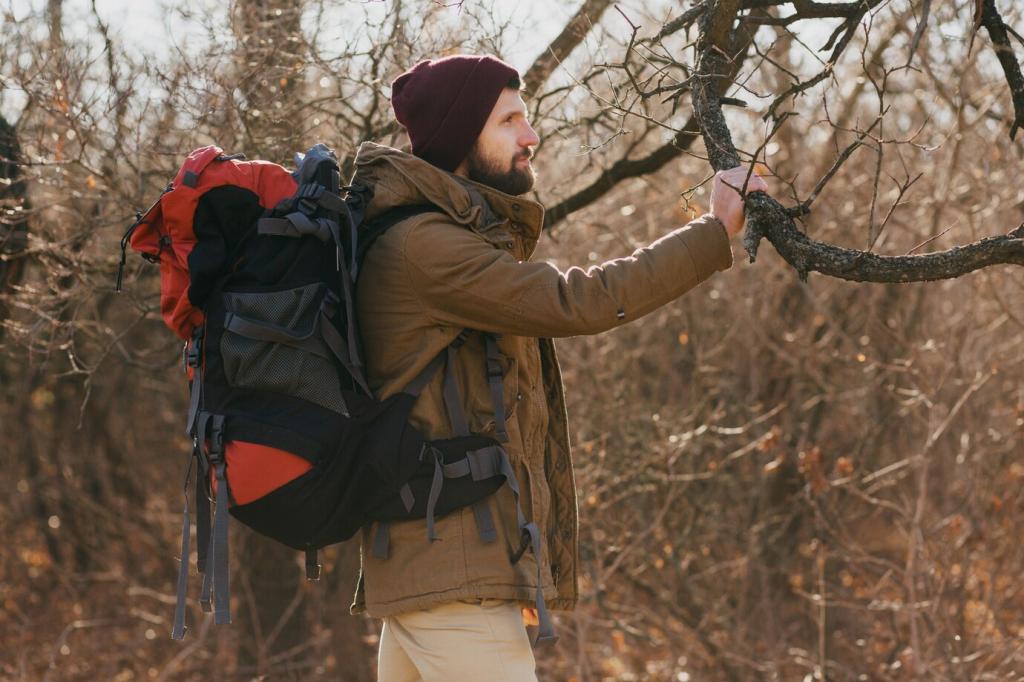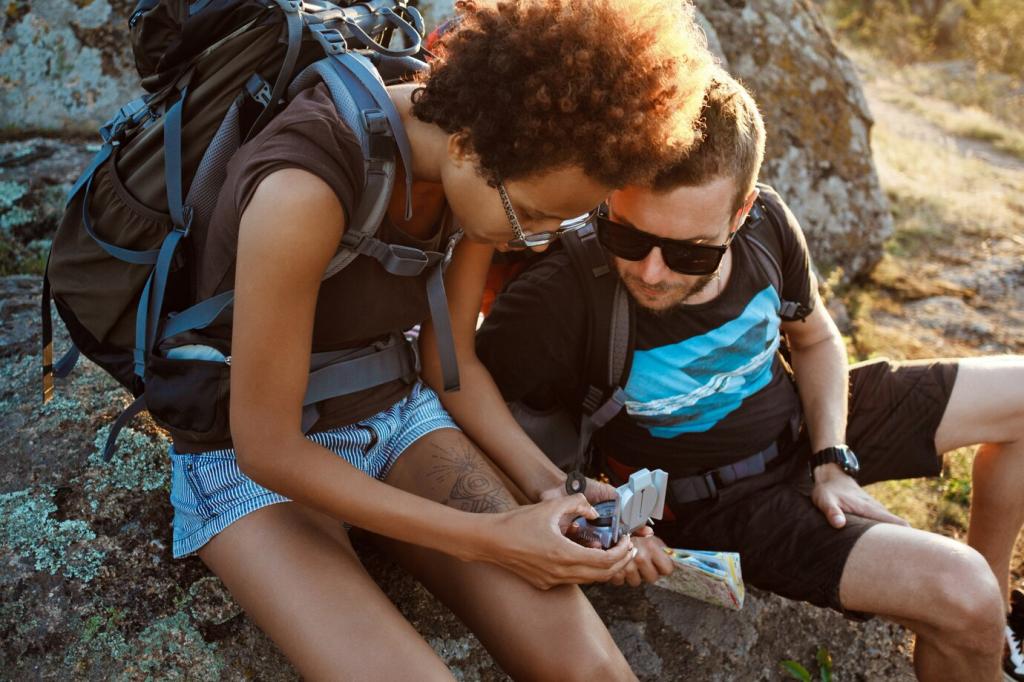First Aid, Repair, and Emergency Signaling
Stock blister care, elastic wrap, trauma pads, antihistamines, pain relief, and personal meds. Customize for your route and companions. A sprained ankle stabilized with a wrap and trekking poles transformed a potential rescue into a careful, self-managed exit.
First Aid, Repair, and Emergency Signaling
A few zip ties, tenacious tape, needle and dental floss, multi-tool, and spare buckle weigh little but save trips. I once repaired a delaminating boot toe with tape and cord, buying the miles needed to reach the trailhead safely and calmly.



